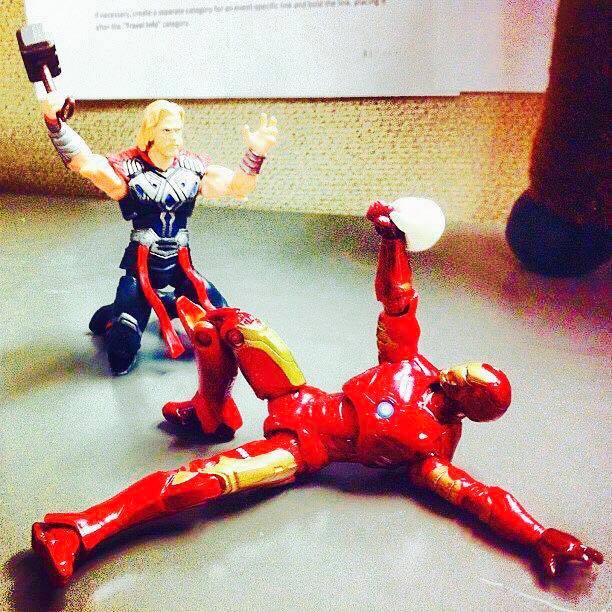
The Getup Builds Heroic Muscles
Hypertrophy is the science of encouraging the body to grow muscle. Its apotheosis can be found on-stage at Mr. Olympia, and its opposite can be found in the average Boomer’s or Generation X’s basement, joyfully munching away on some food “product” created by Frito Lay, slurping a diet soda, and screaming into a headset as their avatar gets “killed” by a fellow player in a first-person shooter online videogame. (Okay, that’s a little harsh. I’ve known some pretty stacked gamers.) At least, such are the stereotypes that come to mind when discussing muscle-building, and its antithesis, muscular atrophy. The human body is the singular most adaptive machine in recorded history, and while it seeks efficiency in everything, with the right doses of stress and concomitant recovery, it can be triggered like a 2nd year liberal arts major to grow impressive amounts of muscle.
Circling back to the original visuals, the truth is both more complex and simpler. Yes, the individuals of the Olympia-level of bodybuilding seek to eek out as much mass as possible, but they are also looking to lose as much fat as possible, to enhance their definition via vascularity, and to be only slightly less brown than a ginger snap. And for the Mom’s basement-dweller? Certainly, there is some muscle there; it’s just primarily found in the forearms.
The principles of building muscle are straightforward:
– lift a lot of weight often
– eat a lot of food often
Simple, right? Well, like most everything in life, the nuances make the difference. When training to build muscle, we want to train for the burn, and don’t be afraid to go to failure. In fact, going to failure in this pursuit is a good thing. (Which is the polar opposite of what we recommend for athletes lifting for strength, although the two modalities can be seen as sides of a coin.) So, yes, those months or cycles of training for hypertrophy can really suck. But, gaining muscle is a really good thing, particularly so for the older athlete.
And that’s it.
Oh, and make sure to get adequate levels of sleep. For really low body fat, plan on 7-9 hours of sleep a night. After all, that’s the time of day when the body is burning fat and building muscle.
Oh yeah, and make sure to get enough hydration. In addition to accelerating muscular recovery, charging up sports performance, and maintaining blood pressure, dehydration is a state of crisis for the body. Studies show that even MILD dehydration can offset fat loss. How much, then? Well, ladies, plan on 90 fluid ounces per day, and gentlemen, plan on 125 fluid ounces per day. That’s right. Reread those numbers. Consider where you are on your fat loss/muscle building journey and redouble your efforts to get your hydro squared away. And days you train for 40-50 minutes, add 3 cups of water to those numbers.
And lastly, a final word about the protein I mentioned earlier:. MORE.
Kidding, Here’s your easy formula for protein. 1 gram of protein:1 goal pound of body weight for men. .5 – .75 gram of protein:1 goal pound of body weight for women. Studies show that we can efficiently use 30-50 grams of protein per meal. (The numbers skew for age, activity level, body composition, gender, hormonal profile, feeding patterns, and other factors, so that’s as close to a scrip for protein intake as I can get here.)
Oh yes, and the timing of protein and carbohydrate intake matter, too. Generally speaking, getting some recovery beverage with protein and carbs immediately after a training session is a great idea.
And let’s not forget the benefits of soft tissue work and other recovery methods. Massages, foam rollers, stim units, contrast therapies, epsom salt, and all sorts of other tools that are being discovered have their place in the discussion and will add to the results.
Once these elements are dialed in, you can achieve some pretty impressive results. Piece of cake, right?

Recent Comments